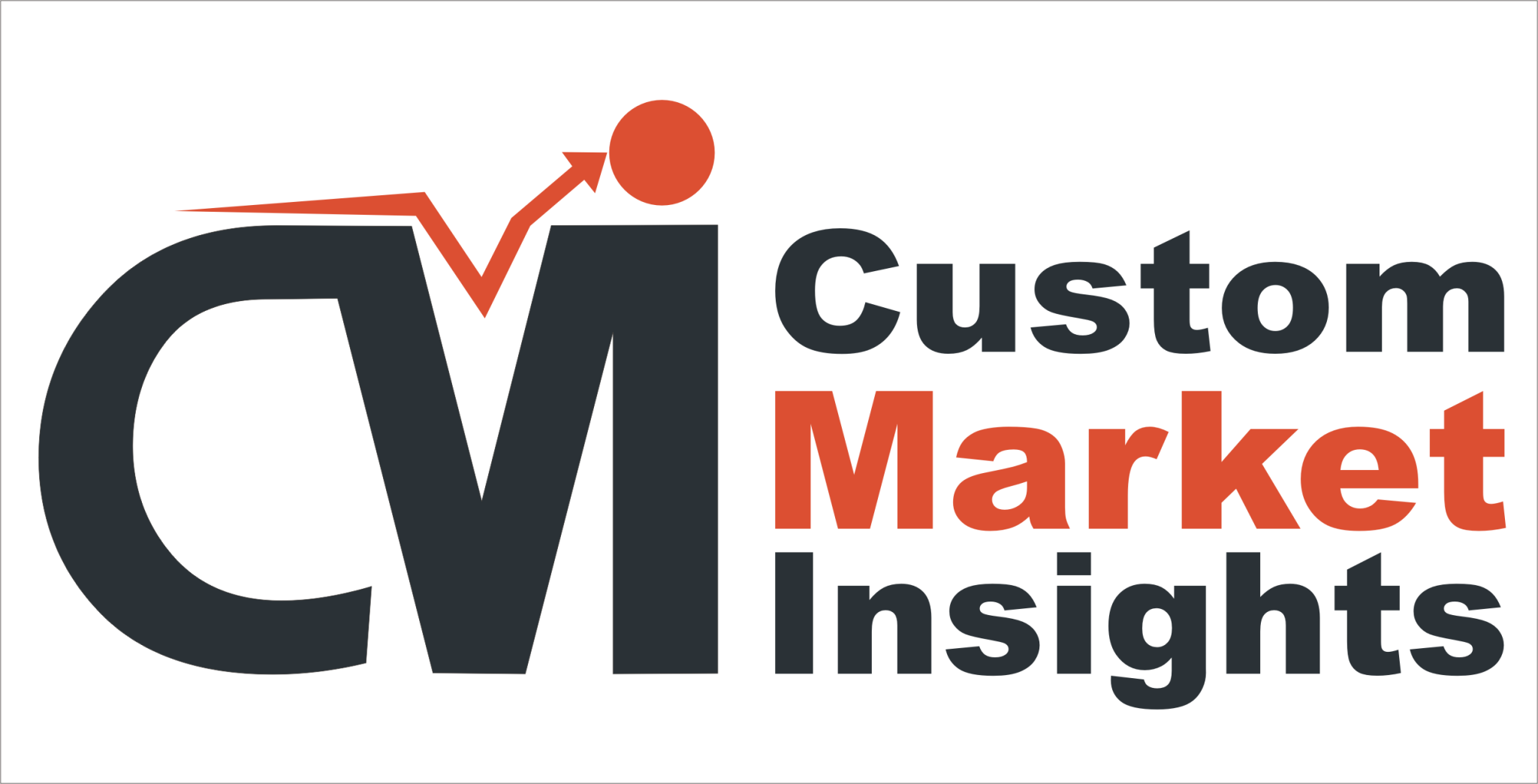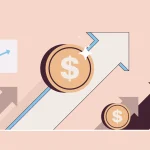Custom Market Insights (CMI) has released its comprehensive report titled “Direct Reduced Iron Market Size, Trends, and Insights.” This analysis delves into various aspects including product types, technologies, applications, economic forecasts, and competitive landscapes, projecting significant growth within the sector.
According to the report, the global market for Direct Reduced Iron (DRI) was valued at around USD 46.8 billion in 2024 and is anticipated to increase to USD 50.3 billion in 2025. By 2034, this figure is projected to reach approximately USD 96.4 billion, representing a compound annual growth rate (CAGR) of about 7.5% over the forecast period from 2025 to 2034.
Market Overview
Direct Reduced Iron, commonly referred to as sponge iron, is a solid metallic form of iron produced by removing oxygen from iron ore at sub-melting temperatures. This process, known as direct reduction, utilizes solid or gaseous reducing agents like hydrogen and carbon monoxide to convert iron oxide into metallic iron without undergoing melting. The result is a porous product that serves as a crucial raw material for steel production, often used as a substitute for steel scrap.
Key drivers propelling the DRI market include:
– The expansion of the steel industry
– Increased investment in infrastructure
– Rising demand from sectors such as automotive and aerospace
However, challenges remain, including a shortage of feedstock and pellets, which could hinder market growth during the analysis period.
Trends and Industry Drivers
Several trends are influencing the DRI market’s expansion, including:
1. Strengthened Partnerships: Collaborations among major market players are expected to accelerate growth. For example, Clariant, a sustainability-focused chemical company, recently announced that it will enhance its partnership with Midrex to advance DRI technology for steel manufacturing. This collaboration emphasizes a natural gas-based DRI process, a more sustainable alternative to traditional coal-based methods.
2. Government Support and Incentives: Various governments are implementing policies to promote eco-friendly steel production, particularly those involving lower-carbon DRI methods, such as hydrogen-based DRI, often termed “green DRI.” These initiatives include tax breaks and incentives that encourage investment in cleaner steelmaking technologies. In India, the Green Steel Mission, valued at ₹5,000 crore, aims to significantly increase steel production using environmentally sustainable practices by 2050.
Report Scope
The focus of the report includes market size estimates, growth factors, and competitive landscapes:
– Market Size (2025): USD 50.3 Billion
– Projected Market Size (2034): USD 96.4 Billion
– CAGR: 7.5%
– Base Year: 2024
– Forecast Period: 2025-2034
– Key Segments: Product type, technology, application, industry vertical, and region.
Regulatory Environment
The DRI market is also influenced by various regulatory frameworks that push for sustainability in production methods. Governments worldwide are tightening regulations on industrial emissions while simultaneously offering incentives for adopting cleaner technologies. This regulatory push not only supports the DRI industry’s growth but also aligns with global sustainability goals.
SWOT Analysis
An evaluation of the market through a SWOT analysis indicates:
– Strengths: The support from governments and growing environmental awareness promote the adoption of sustainable technologies.
– Weaknesses: The market’s dependence on natural gas and hydrogen, which is still an emerging technology, presents challenges due to high setup costs.
– Opportunities: Rapid urbanization and infrastructure development, particularly in the Asia-Pacific and Middle Eastern regions, could significantly boost demand for DRI in steel production.
– Threats: Issues surrounding storage, transportation, and the establishment of hydrogen infrastructure continue to pose risks and inflate costs.
Regional Insights
The DRI market is categorized by geographic regions, each presenting unique dynamics:
– North America: Expected to dominate due to stringent environmental regulations and the availability of natural gas, facilitating a shift toward cleaner iron production.
– Europe: Notable for its commitment to circular economy initiatives, with major players driving market growth amid an expanding automotive sector.
– Asia-Pacific: Projected to experience the fastest growth rate, fueled by the adoption of electric vehicles and robust government support for reducing carbon emissions.
– LAMEA: Significant growth driven by infrastructure investment and the increasing adoption of green technology.
Conclusion
The Direct Reduced Iron market reveals promising growth opportunities as it aligns with the global trend toward sustainable steelmaking. Stakeholders are encouraged to leverage this report for insights into market dynamics, competitive strategies, and future trends affecting the DRI landscape.






